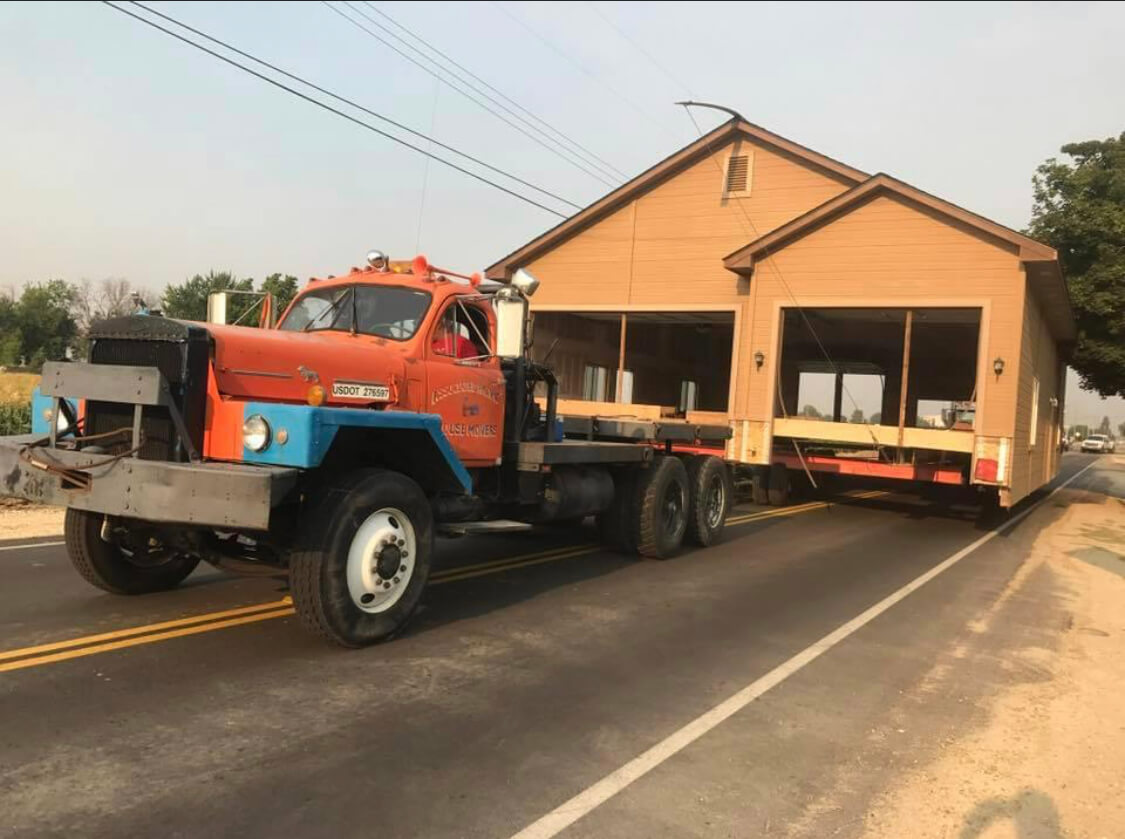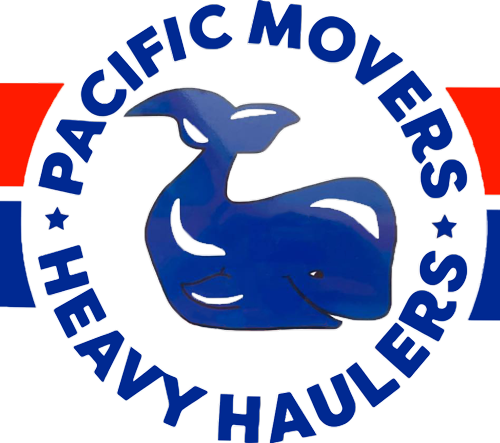
Relocating a manufactured or modular home is a major undertaking that requires careful planning, specialized equipment, and professional expertise. Understanding the mobile home relocation process will help homeowners avoid surprises, anticipate required paperwork, and reduce downtime during the move. From the first inspection to the final utility reconnections, each stage has important steps that ensure the move is safe, legal, and efficient.
Pre-Move Inspections and Documentation Needed
The first stage of the mobile home relocation process involves inspections and paperwork. These are not just formalities but necessary safeguards to protect both the homeowner and the mover.
Structural Checks Before Disassembly
Before a mobile home can be moved, it must undergo a structural assessment. Licensed movers will inspect the frame, roof, siding, axles, and undercarriage to confirm that the unit can be safely transported. If a home has been stationary for decades, corrosion or wear may require repairs before disassembly begins. Windows, doors, and loose fixtures are also checked to prevent damage during transport. Skirting and exterior add-ons such as decks, awnings, or carports are typically removed ahead of time.
Documentation and Permits
Relocating a mobile home requires paperwork that varies depending on state and local regulations. Common documentation includes:
- Title and proof of ownership
- Transport permits from state and county offices
- Road-use permits for oversized loads
- Insurance documentation covering the home during transit
Depending on the distance and size of the move, escort vehicles may also be required, which adds an additional permitting step. A reliable mover will coordinate this paperwork on behalf of the homeowner, but it is important to confirm that all required documents are in place before scheduling a move date.
Timeline for Pre-Move Preparation
Inspections and permit acquisition usually take anywhere from one to three weeks, depending on the jurisdiction and home condition. Planning ahead reduces the risk of delays and helps coordinate with utility companies and site managers for both departure and destination locations.
Transport Day: What to Expect and How to Prepare
Once the paperwork is completed and the home has been disassembled for travel, moving day arrives. This is often the most stressful phase for homeowners, but with the right preparation and a professional crew, the process runs smoothly.
Disassembly and Loading
The moving team will disconnect utilities, remove skirting, detach tie-downs, and secure the home onto hydraulic jacks or transport frames. Single-wide homes can often be loaded as one unit, while double-wide and triple-wide homes must be split into sections before transport. Each section is then secured onto a specialized trailer with heavy-duty straps and safety mechanisms.
Escort Vehicles and Pilot Car Coordination
Many mobile home relocations require escort vehicles or pilot cars to ensure road safety. These cars drive ahead and behind the moving truck to alert traffic of the oversized load and help navigate intersections, bridges, and tight turns. The number of escort vehicles depends on state laws, road size, and the width of the home. Movers arrange these details in advance to prevent fines or travel delays.
Roadway Considerations
Transporting a mobile home is not a casual drive. Movers plan the route in advance, considering overhead clearances, bridge weight limits, road conditions, and traffic patterns. Moves are often scheduled during daylight hours for maximum safety and to comply with state transportation laws. Depending on the distance, travel may take a few hours or span several days.
Homeowner Preparation
On moving day, homeowners should:
- Ensure utilities are disconnected before the crew arrives
- Remove personal belongings to reduce weight and protect items from damage
- Confirm that all permits and documents are available in case of roadside checks
- Keep pets and children safely away from the work zone
Preparation reduces stress and allows the moving crew to work efficiently without interruption.
Post-Move Site Reinstallation and Cleanup
Once the mobile home has arrived at its new site, the final stage begins: reinstallation and setup. This phase is crucial for restoring the home to livable condition and complying with local housing codes.
Positioning and Re-Leveling
The home is carefully placed on its new foundation, whether that is a slab, piers, or crawlspace. Movers use precision leveling tools to ensure the structure sits evenly, which prevents long-term issues like door misalignment, floor sagging, or plumbing problems. Sections of multi-wide homes are rejoined with weatherproof seals, bolts, and interior finish work.
Reconnecting Utilities and Re-anchoring Your Home
Utility companies or licensed contractors handle the reconnection of electrical, plumbing, gas, and HVAC systems. The mover will also re-anchor the home according to local safety codes, which often include tie-downs or storm-resistant systems. This step ensures the home is secure against weather events and passes building inspections.
Site Cleanup and Skirting Replacement
After the home is re-secured, skirting is reinstalled to protect the underside from pests and weather. Any debris from disassembly and transport is cleared, leaving the site safe and tidy. Landscaping adjustments may also be required, especially if heavy equipment left tracks or if the property needed clearing before installation.
Timeline for Post-Move Setup
Reinstallation can take anywhere from a few days to a week, depending on the complexity of the utility connections and the condition of the site. Once completed, homeowners should schedule a final inspection to certify that the home meets all occupancy standards before moving back in.
Minimizing Downtime and Common Challenges
Relocating a mobile home is a multi-stage process that can be disrupted by paperwork delays, weather, or unexpected structural issues. To minimize downtime:
- Begin the permitting process as early as possible
- Schedule utility disconnections and reconnections in advance
- Hire an experienced moving company familiar with state and local laws
- Prepare the new site well before the home arrives
Common challenges include road restrictions, unexpected foundation repairs, and weather delays. Working with a professional mover ensures these issues are anticipated and managed efficiently.
Why Professional Help is Essential
Although some homeowners may be tempted to handle part of the move themselves, mobile home relocation requires specialized equipment and licensed expertise. Attempting a DIY move can lead to property damage, fines, and safety hazards. Professional movers bring not only the tools but also the knowledge of legal requirements and structural safety to complete the job correctly.
Contact Us Today
The mobile home relocation process involves far more than just loading a house onto a truck. From inspections and permits to safe transport and site reinstallation, each stage requires careful planning and professional execution. Understanding these steps helps homeowners set realistic timelines, prepare properly, and avoid costly mistakes.
If you are planning to move your home in Boise or anywhere in Idaho, trust the experts at Associated Pacific Movers, Inc. With decades of experience in home relocation, our team manages every detail from start to finish. Contact us today for your next move and let us help you relocate your home safely and efficiently.
